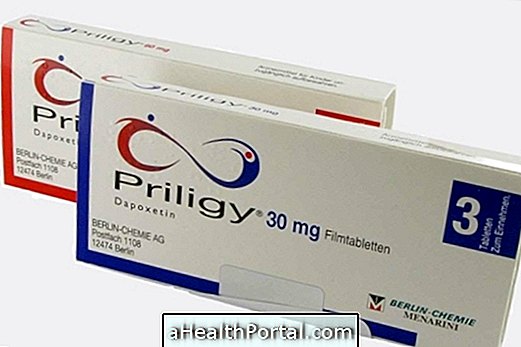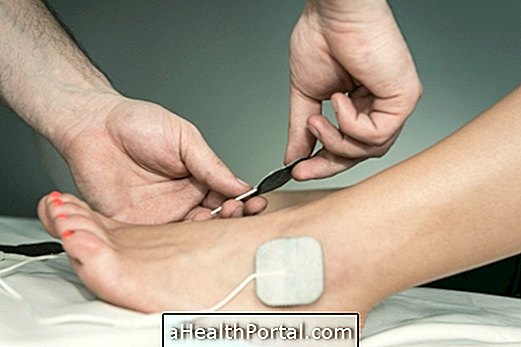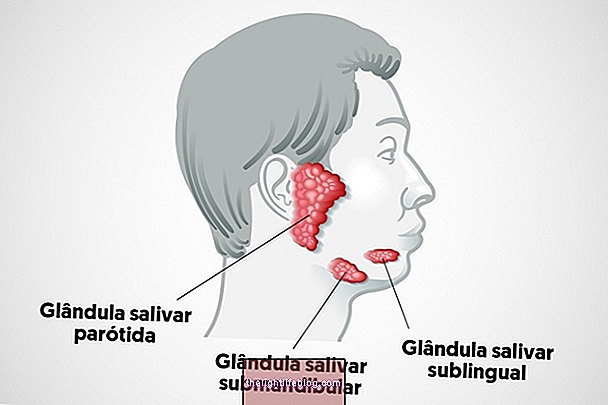Glaucoma is a chronic disease that causes progressive loss of vision due to the death of optic nerve cells and can cause blindness if not treated properly when the first symptoms appear.
So although this disease has no cure, when not treated properly it can cause the onset of various complications like constant eye pain, tunnel vision, flies and even blindness. Therefore, it is advisable to have frequent visits to the ophthalmologist at least once a year to ensure that the treatment is being effective.

4 main forms of treatment
The earlier you start treatment the greater the chances of avoiding blindness and other complications. The treatments can be:
1. Use of eye drops
Some examples are Pilocarpine and Dipivalil epinephrine, which decrease the production of the liquid of the eye and help in its drainage, reducing eye pressure and controlling the disease.
How to use: It is necessary to apply the amount of drops indicated by the doctor directly to the eye and then close the corner of the eye close to the nose gently to prevent the medicine from passing into the tear canal, nose or throat. The eye should then be kept closed for about 4 minutes. See the top eye drops to treat Glaucoma and its side effects.
2. Taking medicines
Taking tablets, such as glycerol, is only done when the use of eye drops can not reduce eye pressure.
When taking these tablets, it is necessary to go to the nutritionist to adjust the diet, as it may reduce the absorption of potassium, and it is necessary to increase the consumption of foods such as dried fruits, bananas, raw carrots, tomatoes or radishes.

3. Laser use
This technique is done by the ophthalmologist in the laser iris surgery to help better drain the ocular fluid and, it takes about 20 minutes, the iridotomy is done in closed angle glaucoma and trabeculoplasty in the case of open angle glaucoma.
4. Surgery for glaucoma
The surgery to treat this disease, known as trabeculectomy, is only done when the other treatments do not have the desired effect or when you have other diseases, such as diabetes. It is performed under local or general anesthesia and a small opening is made in the white part of the eye, creating a channel for fluid from the eye to go out and decrease eye pressure.
Generally, treatment should be maintained for a lifetime and the physician's ultimate goal is to slow down the progression of the disease, and so often need to change the treatment to better control the disease.
How to know if I have glaucoma
To diagnose glaucoma it is necessary to do tests that do not cause pain, such as the ocular pressure test, known as tonometry or the examination of the fundus of the eye that evaluates the optic nerve, called fundoscopy.
However, the ophthalmologist may indicate other more specific tests such as optic disc topography or gonioscopy which are tests that help make a more correct diagnosis and identify the type of glaucoma. Learn how each exam is done.
Glaucoma can cause scleritis, an inflammation in the eyes that can also lead to blindness. Here's how to quickly identify it here.

-e-como-tratar.jpg)

























